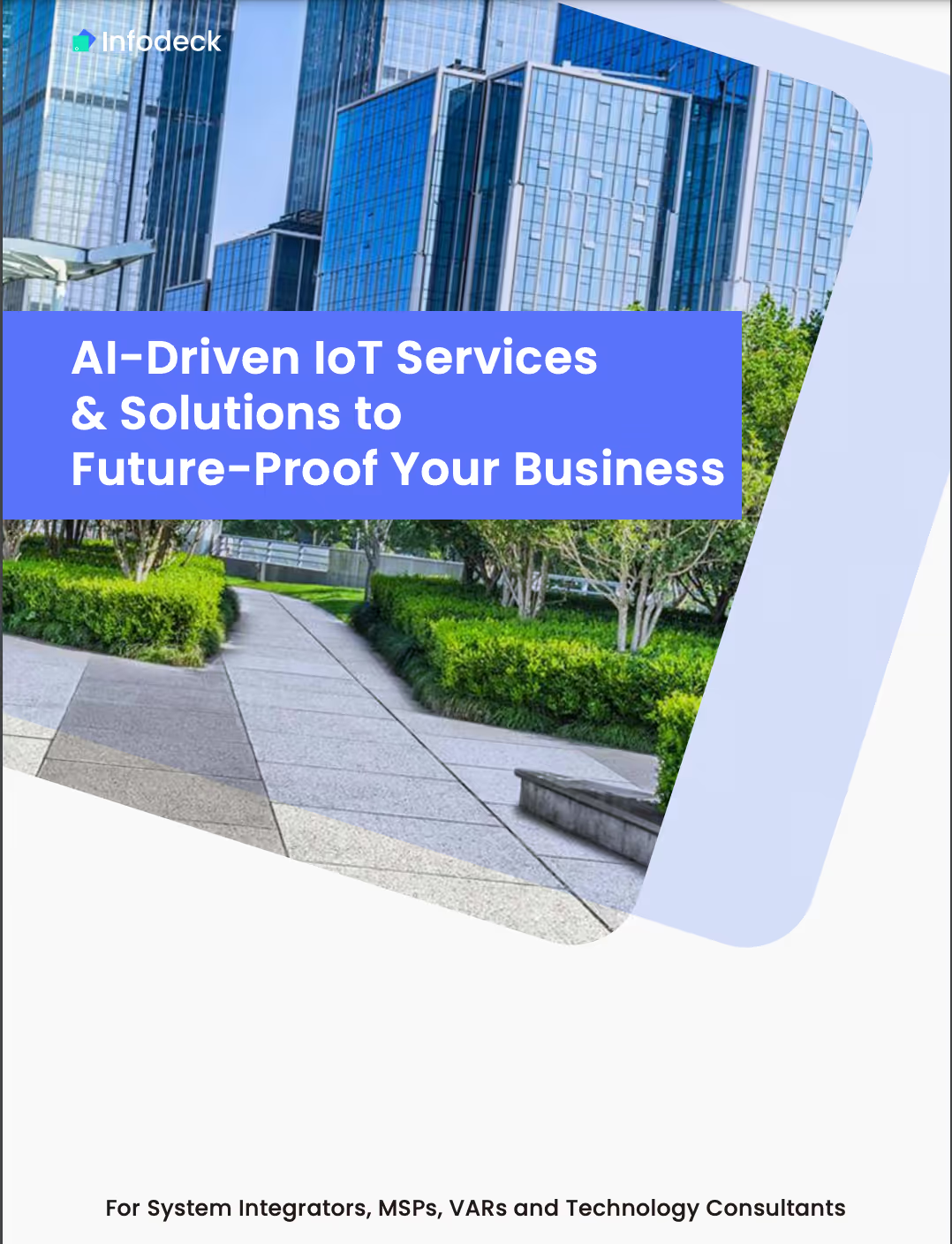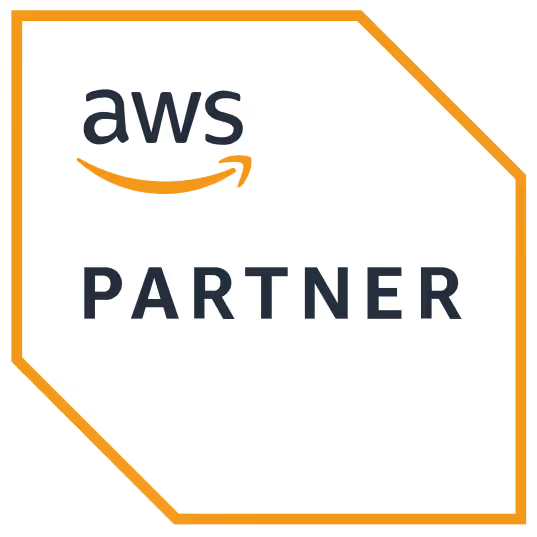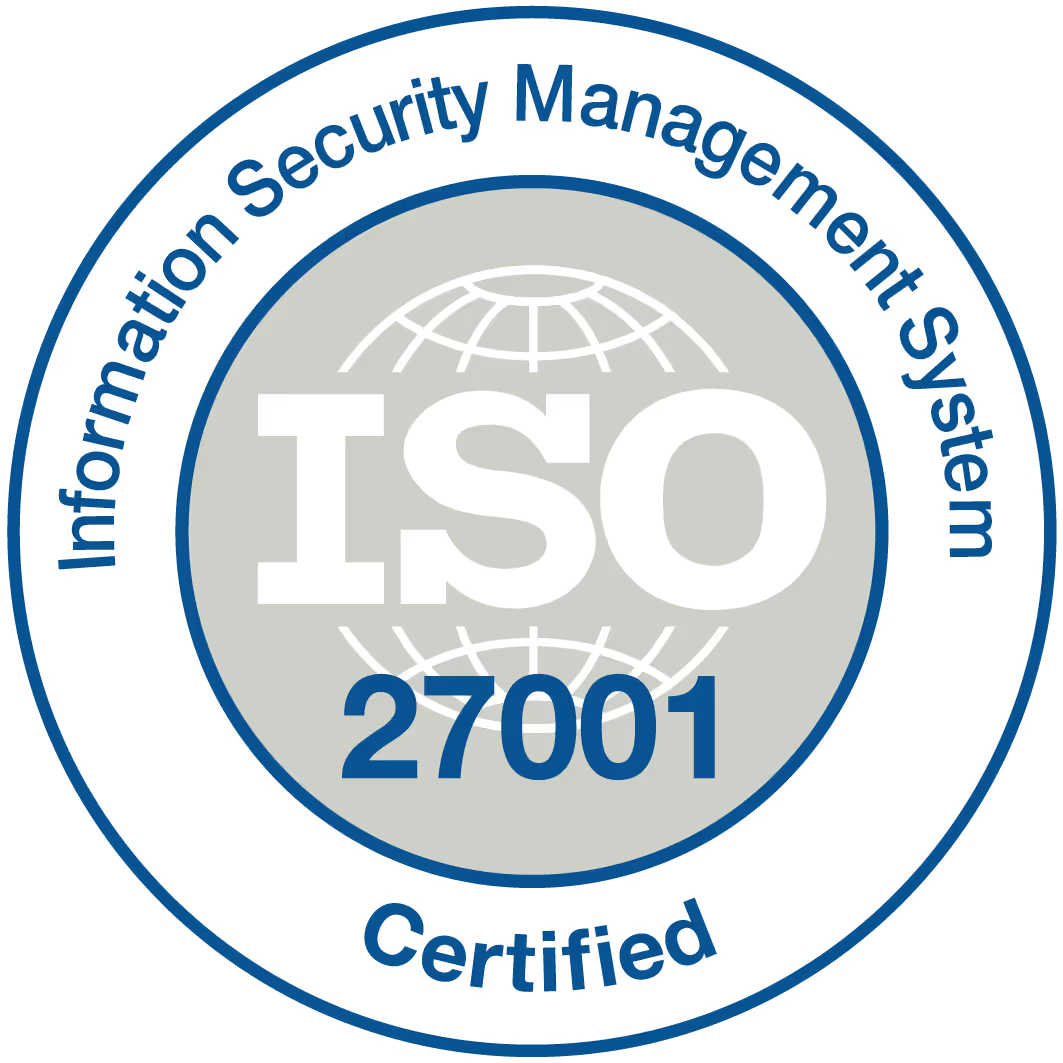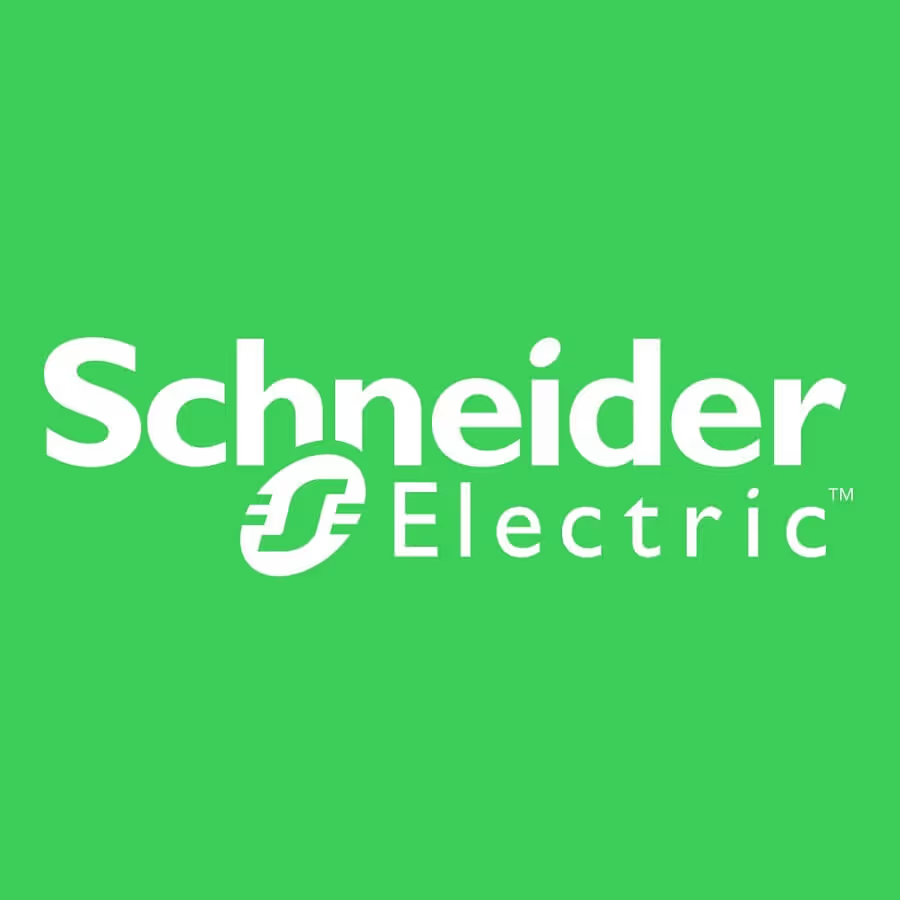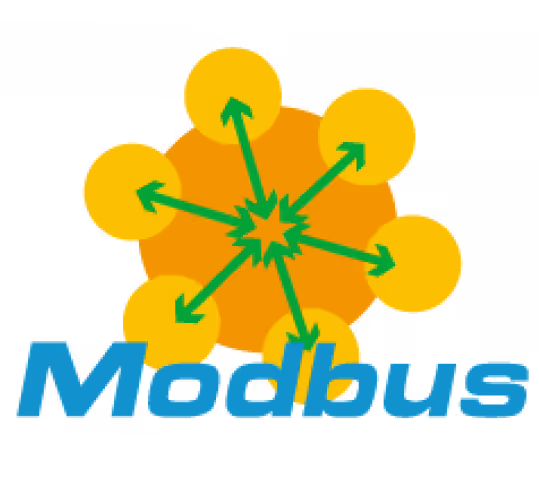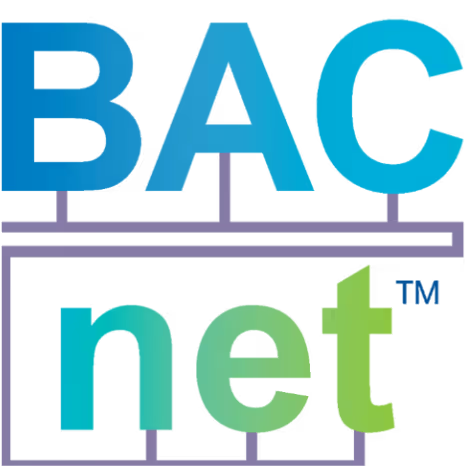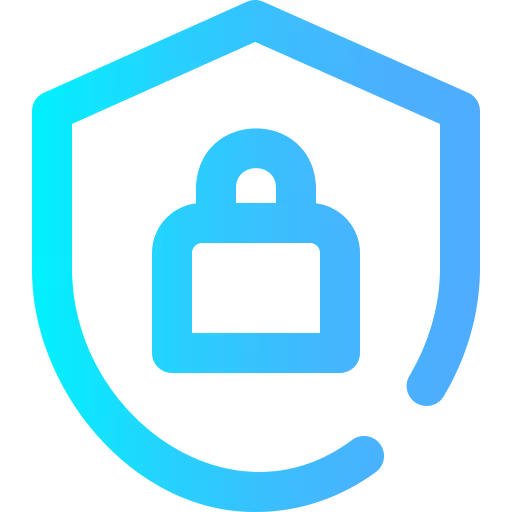Key Takeaways
- IoT platforms provide the critical infrastructure for connecting and managing devices in smart facilities, enabling real-time data collection and analytics to inform better decisions.
- The right tools for device management, secure data ingestion and advanced processing help you optimize facility operations and reduce downtime.
- Choosing the right IoT platform entails considering architecture options — cloud, edge, or hybrid — to suit your particular operational needs and performance requirements.
- Scalability, interoperability, and robust security measures to ensure long-term reliability and protection against cyber threats.
- IoT solutions for smart facilities, manufacturing, healthcare and smart cities that drive efficiency, sustainability and safety.
- Keeping up with new trends such as AI integration and automation will allow organizations to get the most out of IoT and stay ahead of future facility management challenges.
A platform for the Internet of Things is software and tools that facilitate the connection, control and management of devices. These platforms manage data communication between devices, provide security measures, and enable users to track device status. Most IoT platforms support sensors, smarts and cloud services, which simplifies the process of building, launching and growing connected products. A lot of enterprises leverage IoT platforms for asset monitoring, energy monitoring and system updates. Open source as well as commercial options are prevalent, with varying degrees of support and features. The following sections cover what you need to look for in an IoT platform, typical use cases, and advice for selecting one that suits your needs.
Core Concept
An IoT platform is core to wiring, administering, and examining smart devices in intelligent environments. It assists in connecting sensors, controllers, and equipment to the cloud, allowing devices to share data and act with minimal human intervention. This type of infrastructure is employed globally on farms, in factories, and even in logistics, enabling everything from monitoring animal wellness to optimizing warehouse flow. Current IoT cloud platforms tackle larger interoperability and security requirements in a rapidly expanding, fractured marketplace, reflecting the evolution of IoT projects since the 1970s with terms such as 'embedded internet.'
1. Device Management
Device management is crucial for ensuring that IoT devices operate efficiently in any smart configuration.
Platform tools allow users to deploy, upgrade and troubleshoot devices without having to physically access each device on-site. This reduces costs and downtime. By keeping an eye on device health, teams can spot trouble early — think: a failing factory sensor or broken farm animal tracker — before it snowballs into bigger problems. With remote control, teams can update settings or restart devices from wherever they are, accelerating fixes and freeing up daily work. Robust device management further enhances security by updating firmware and patching known vulnerabilities.
2. Data Ingestion
Data ingestion is about pulling in sensor data from all kinds of different sources, such as temperature sensors in cold storage or GPS tags on trucks.
APIs and middleware assist to merge data from various brands and device types, even where there’s not a universal compatibility standard. Ensuring data quality remains high is key for real-time decisions, such as halting a shipment if a cooler breaks. Real-time ingestion means data is processed immediately, so alerts and reports represent what’s occurring in the moment, not several hours earlier.
3. Processing & Analytics
Raw data is only as good as it’s processed and analyzed. Analytics tools in an IoT platform transform sensor readings into actionable insights, such as identifying patterns of equipment wear or forecasting machine maintenance.
Predictive analytics enables managers to intervene before small problems blow up, saving time and money. Data visualization, like dashboards or charts, lets users see patterns at a glance—even those without a tech background. Throw in some machine learning and it gets more accurate with time, so the system just keeps getting smarter at detect issues or identifying strange activity.
4. Application Enablement
IoT platforms allow developers to create applications that leverage data to optimize smart facilities.
Application enablement tools make it easy to develop, deploy, and modify apps. User-friendly interfaces allow more employees to utilize them, not just the IT departments. By opening up the platform to third-party apps, it enhances what the platform can do, allowing teams to customize systems to their own needs — whether it’s energy tracking, access control, or scheduling repairs.
5. Security Layer
Security is key in IoT because devices and data are appealing targets.
Encryption and robust passwords protect data while in transit from devices to the cloud. Frequent audits punch holes in the system. Educating personnel on fundamental security practices prevents typical dangers.
Platform Architectures

IoT platform architectures define the interaction patterns between connected devices and data in smart spaces. Choosing the right model—whether cloud-centric, edge-focused, or hybrid—depends on performance, security considerations, and scalability. A modular approach, like the 5-layer model, enhances connectivity management and supports new technology, ensuring platform security and scalability for various IoT projects.
Cloud-Centric
Cloud-centric IoT platforms execute most workloads in distant data centers. They provide centralized data management, so all data is captured in the cloud where sophisticated analytics tools can identify trends and display patterns. Cloud services assist smart facilities to grow quickly, as adding new devices or features is frequently merely a matter of adjusting settings or scaling cloud resources.
Admins receive real-time dashboards for monitoring sensors, energy usage, or safety systems remotely from anywhere with an internet connection. Storing data in the cloud means facilities can skip big on-site servers, but they have to make sure connectivity is reliable and that data transfers are secure. Cloud-centric models usually embrace a 5-layer architecture for clarity and to facilitate device management, data processing, and analytics. These layers isolate different components, enhancing security and simplifying future tech swaps.
Edge-Focused
Edge-centric platforms compute data close to where it’s generated, such as in a hospital or factory. This configuration reduces latency, consequently making systems such as safety alarms or industrial controls respond immediately without waiting for the cloud. It conserves bandwidth because only important information travels to the cloud. Edge computing allows for local analysis and actuation on sensor input with low latency, which is convenient for locations with weak or intermittent connectivity.
Edge devices can operate even when offline, so they’re robust choices for remote or disconnected locations. This keeps things humming without relying on a consistent cloud connection. The 5-layer architecture’s distinct division of responsibilities aligns well with edge-centric systems, enabling secure, on-device computation while connecting to cloud services as necessary.
Hybrid Model
Hybrid IoT platforms mix cloud computing and edge technologies, providing flexibility for diverse IoT projects. Local edge devices process time-sensitive data, while cloud platforms manage persistent storage and intensive analytics. This equilibrium allows teams to modulate processing loads and maintain streamlined facility operations as demands fluctuate, enhancing their IoT system efficiency.
Hybrid models connect cloud solutions and edge units, ensuring data streams in both directions. Developers utilize common reference architectures to ensure systems interoperate, making use of advanced analytics platforms to facilitate connectivity, security, and scalability across their IoT applications.
Strategic Selection
Choosing an IoT platform is crucial for smart facilities, particularly when considering the various IoT cloud platforms available. It should align with your leadership objectives and extend beyond the technical details, ensuring compatibility with your existing and future systems. You want a solution that fits your budget and is desired by users. The pre-selection can be as narrow as reviewing a couple of vendors or as wide as considering numerous options. It helps to map out your IoT use cases, make a shortlist, and conduct actual tests or proof-of-concept trials, focusing on security, scalability, and user interface.
Scalability
Scalability indicates that the cloud platforms are capable of expanding alongside your facility. As you add more sensors, cameras, or smart meters, an effective IoT system should continue to work fast and smooth. It’s wise to select architectures that allow for horizontal scaling, enabling you to simply add more servers or devices without performance bottlenecks. For instance, if you have a building with 100 sensors today and intend to have 1,000 down the road, your IoT platform needs to support that increase. Check for expandability to new tech as it gets released. Monitor the system and adjust for optimal effectiveness.
Interoperability
Interoperability allows different devices and systems to communicate, which is vital for effective IoT systems. Without it, your lighting, HVAC, and security don’t talk to each other. Relying on universal standards such as MQTT or REST APIs is a smart choice to ensure your cloud solution integrates seamlessly with your existing infrastructure. Check if the platform supports various device types, facilitating the integration of smart devices like cameras and thermostats, even from different brands.
Latency
Latency is the speed at which the iot platform responds to new information. For fire alarms or access control, rapid response is key. Edge computing aids by allowing smart devices to process data near to where it’s created, rather than transmitting all of it to the cloud. Monitor your network speeds and patch bottlenecks that drag data. High latency can damage the speed at which you make decisions and maintain momentum.
Security
- End-to-end encryption for device and data security
- User access controls and authentication
- Regular software updates and patches
- Real-time monitoring for threats and breaches
Layered security blocks cyber threats and keeps data safe, especially in IoT systems. Regularly assess security and repair vulnerabilities while educating your staff on maintaining these systems safely.
Custom vs. Standard
Choosing between a custom or standard IoT platform is a big step for any facility. There are trade-offs with each path, and the correct decision for a facility will depend on its needs, budget, and anticipated growth.
Custom IoT platforms are designed from scratch to suit a facility’s specific needs. They can span niche workflows, back esoteric equipment, or adhere to intense security requirements. For instance, a hospital that operates antiquated medical devices may require a custom-built platform to unify it all. This path provides complete control of functionalities, information flow, and user permissions. It’s simpler to introduce additional security layers or support new devices as requirements evolve. Building custom is expensive. It can cost $200,000 to well more than a million, and that’s before maintenance or upgrades. Custom made hardware is even more expensive. For facilities considering this direction, it’s clever to prove the concept first to avoid sunk costs.
Standard IoT platforms are off-the-shelf. They provide a feature-set that fits most users and are plug and play, frequently with rapid deployment. These platforms rock for facilities that want to move fast or don’t have special needs. They’re simpler to hook into what you already use and provide support and updates. Monthly fees run from $30,000 to $90,000, depending on configuration and size. These platforms aren’t for everyone, and it can be difficult to make major modifications or introduce new functionality. They are most effective for routine activities and more straightforward configurations.
A facility has to consider the future. Custom platforms can scale with new requirements but require more time and budget to develop and maintain. Standard platforms are less flexible but can be cheaper and easier to operate. If a facility anticipates its needs to change frequently, custom may be a better option. If it’s going for a fast fix, standard may be the route.
Industry Applications

IoT platforms are now applied in numerous industries to simplify facility management, increase safety, and facilitate sustainability. These systems leverage cloud IoT services to integrate real-time data, automation, and advanced analytics, streamlining daily operations and reducing overhead for companies around the globe.
Smart Facilities
Intelligent buildings employ IoT to enhance convenience and productivity. Devices monitor air quality, light, and temperature to assist managers in maintaining healthy spaces. Sensors can detect issues with heating or lighting, allowing crews to repair problems before they escalate. With automation, a lot of that manual work—adjusting thermostats or turning off lights—occurs automatically.
Smart building capabilities may monitor energy consumption. Using this information, facility managers discover opportunities to reduce waste and reduce expenses. Smart locks and cameras provide an additional security barrier, and connected alarms and sensors help protect individuals.
Manufacturing
Factories employ IoT platforms to identify issues early and schedule maintenance before machines fail. This reduces downtime and saves money. For example, predictive maintenance keeps machines humming by alerting when a component is likely to break. IoT sensors track the location of materials live, preventing supply chain problems before they begin.
Data from these devices assists managers optimize production planning and resource utilization. Wearables monitor worker health and location, increasing job site safety. For certain plants, we’ve witnessed error rates plummet and output increase due to the use of IoT wearables and alerts.
Healthcare
Hospital and clinic depend on IoT to monitor patient health and resources. Remote monitoring devices transmit updates on patient vitals – helpful post surgery. This enables care teams to react quicker if something shifts. IoT data can indicate which machinery is operational or requires maintenance, maintaining seamless workflows.
Smart analytics help hospitals use beds and staff better. It does so not only by enhancing patient outcomes but by reducing wait times and cost. With IoT, healthcare teams receive more data to make smarter decisions for both care and daily operations.
Smart Cities
IoT platforms make cities hum. Smart buildings and traffic lights reduce energy consumption and relieve congestion. Sensor data assists city decision-makers in addressing issues such as water leaks or garbage pick-up challenges more swiftly. IoT links citizens with services, simplifying access to assistance or reporting issues.
IoT enables improved public safety, directing emergency crews with up-to-the-minute data. It even allows cities to plan green spaces and reduce pollution.
Future Trajectory
The expansion of IoT platforms is consistent and pervasive. It’s estimated that connected IoT devices will increase 13% by 2024. By 2030, approximately 75% of all devices globally will be IoT, with 40 billion connected units forecast. These numbers tell a clear story: almost every industry will see IoT play a bigger part in day-to-day work, from building management to logistics. The growth of IoT projects is reshaping various sectors, enhancing operational efficiency and connectivity management.
AI and machine learning are now making those IoT platforms smarter and more useful. With these tools, facility managers can receive warnings about machine failure before it occurs, identify energy use trends, and optimize systems to reduce expenses. For instance, an AI-powered IoT platform could monitor air quality in real-time, then adjust ventilation systems to maintain clean air in a big office. These conversions save both time and money. They assist satisfy health and safety regulations.
Automation is another trend linked to IoT use. As IoT platforms scale, so too does the adoption of real-time data to make intelligent decisions. In a smart factory, sensors can monitor machinery 24/7. With a machine overheating, the system can slow it down or stop it before harm is done. That type of automation is commonplace in new constructions these days, where lighting, heating, and even cleaning can be automated with minimal human involvement, showcasing the importance of IoT systems in modern infrastructure.
New technologies are crafting the future of IoT applications. Digital twins, digital replicas of real-world assets, assist managers with piloting changes prior to implementation. 5G RedCap technology means quicker, more trusted links, even at distant venues. Edge computing stores data nearby, reducing latency and improving data security. For instance, an international retailer may leverage edge computing to make stock decisions at every individual location without having to transmit all that data back to headquarters, demonstrating the efficiency of IoT cloud solutions.
To match rapid innovation, IoT platforms have to continue maturing. It’s expected that the market will reach US$33.74 billion by 2027, with a consistent growth rate of 11.49%. Even with a few economic hiccups, the momentum to connect, automate and optimize will continue to fuel innovation.
Conclusion
IoT platforms assist in connecting devices, individuals and data. They accelerate and optimize work for numerous disciplines. Each platform provides its own tools, so brands choose what works best. Some opt for out-of-the-box convenience, others construct their own for customization. Real usage appears in smart homes, farms, cities and shops. Growth in this space continues to thrive as technology improves. Every day, new ways to leverage IoT to assist more individuals! To keep up, stay open to new tools and trends. Pass what works on to your team/peers! Ready to get more from IoT? So begin by choosing a modest project and follow it to see where it takes you.
Frequently Asked Questions
What is an IoT platform?
An IoT platform is a cloud solution that connects, manages, and analyzes data from internet-connected devices, enabling effective device management and insights through rich IoT dashboards.
How do IoT platform architectures differ?
IoT platform architectures differ in how they manage data, security, and device integration, with some leveraging cloud IoT services while others combine hybrid cloud and edge computing for low latency.
How do I choose the right IoT platform?
Select an IoT platform based on your needs such as scalability, security, and device support, while considering future expansion needs and integration capabilities with IoT systems.
What is the difference between custom and standard IoT platforms?
Custom IoT platforms are tailored to your exact needs, but can be more expensive and take longer to construct. Utilizing cloud IoT services standardizes the process, offering ready-made features and faster deployment.
Which industries benefit most from IoT platforms?
Sectors such as manufacturing, healthcare, agriculture, and smart cities utilize IoT cloud platforms to enhance efficiency, safety, and data-informed decisions.
What is the future of IoT platforms?
IoT platforms will be smarter, more secure, and extremely scalable, incorporating trends like advanced analytics, edge computing, and stronger data privacy in IoT projects.
Are IoT platforms secure?
As a security measure, the majority of contemporary IoT cloud platforms incorporate robust encryption and authentication capabilities as part of their standard package. Users should always adhere to best practices and update their IoT systems' security.

.png)


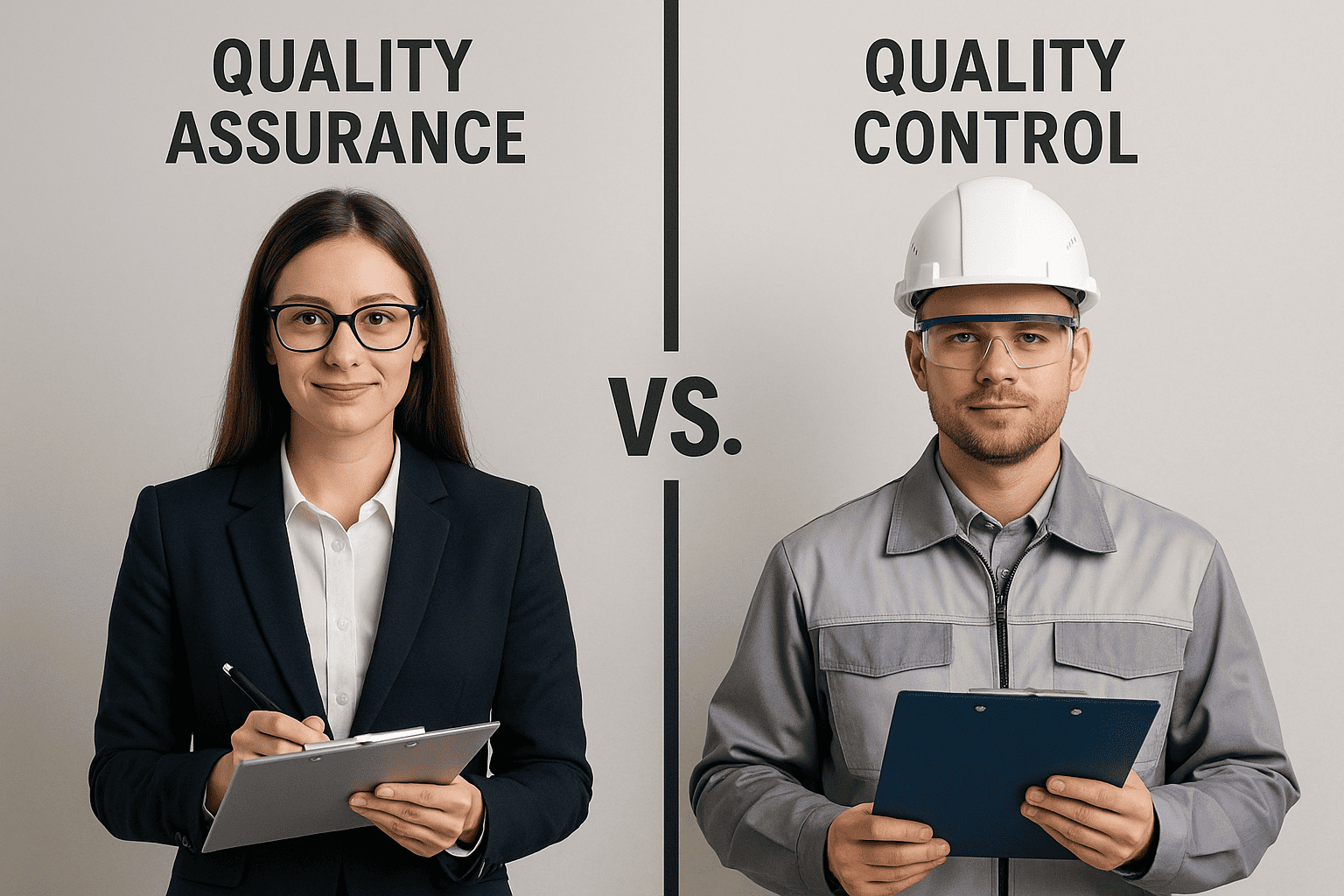
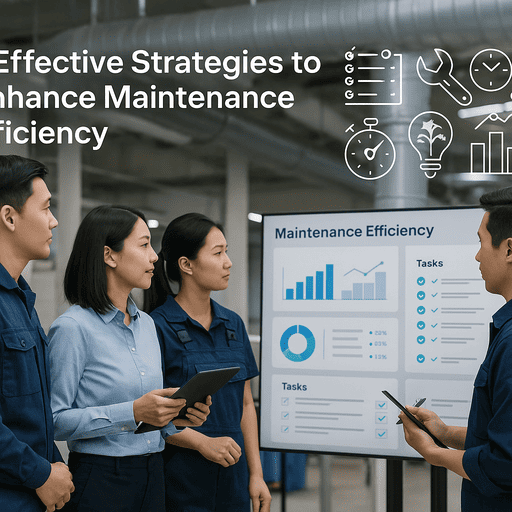
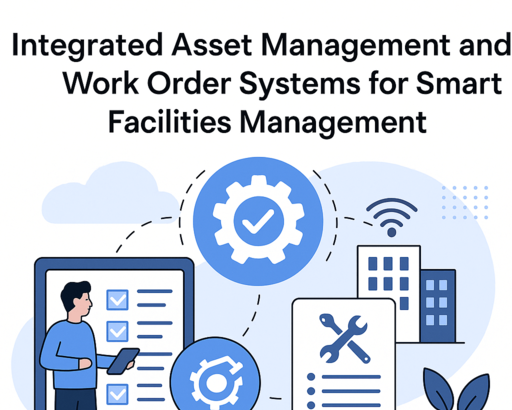
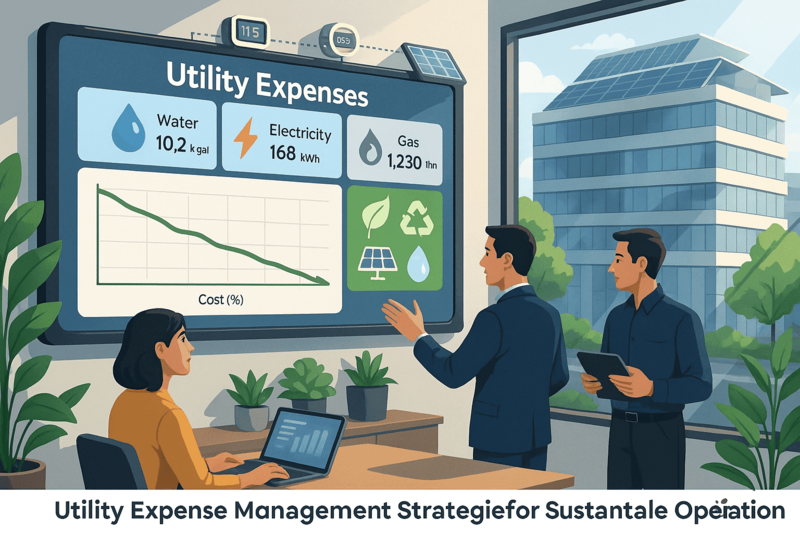

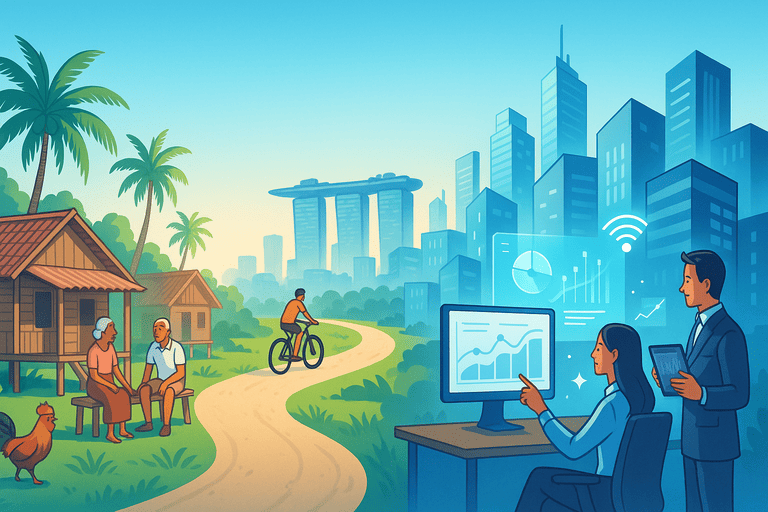

.png)



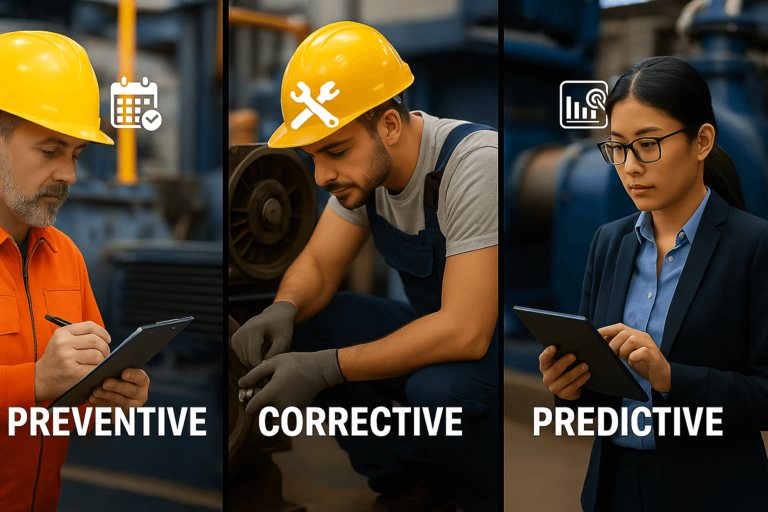
.png)



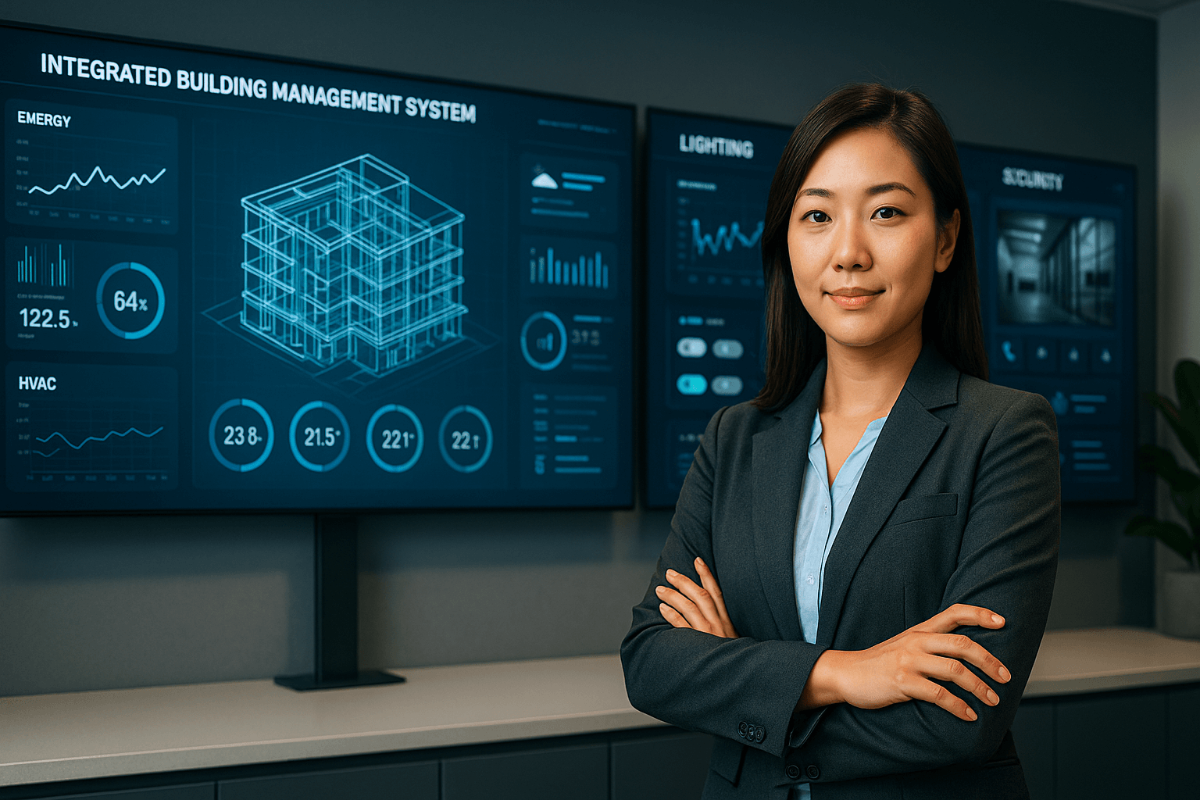












.jpeg)








